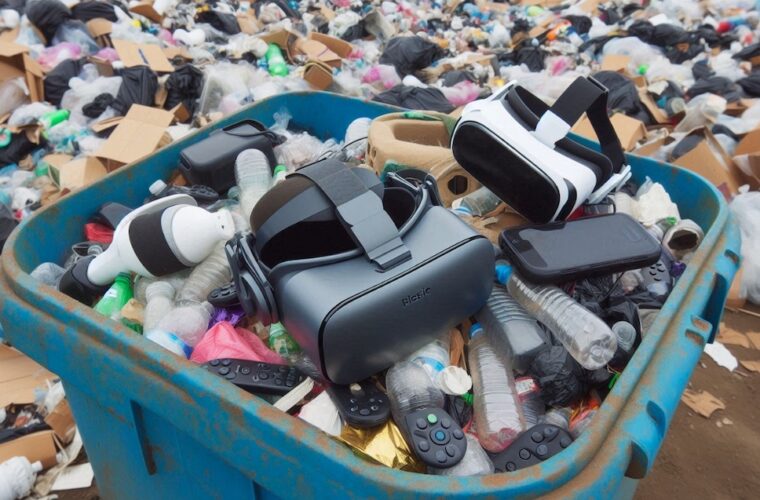OceanGate: The Titanic tourists case has put technology development in the rescue field back in the headlines. In Italy, we well remember the story of little Alfredino, a child who accidentally fell into a well on 13 June 1981. All the national and local media flocked to Vermicino and Selvotta, in the province of Rome, to closely follow the rescue phases. Which never happened. After three days of attempts, the child died, and his body was not recovered until 11 July, a full 28 days later. In that case, the technology was not yet there, not as much as we have today, to save a child.
Lack of oxygen, but not only that, was among the causes of death. The same lack of oxygen led to the Titan’s ‘tourists’ succumbing, the five passengers of the submarine OceanGate that was making excursions to the Titanic, and more. An absurd depth, a significant distance from the coast, at the root of the difficulty in the search. In 2023, do we not have the technology to save lives this deep in the abyss? No, we don’t.
It is a realization that, when it wants to, nature can still overwhelm us, rendering our attempts to tame it, to govern it, useless. Remember during the Covid the clean ‘sea’ of Venice, full of fish and even dolphins that had not been seen for decades? One only has to slow down for a moment man’s operations directly impacting nature to realize how uncontaminated it still is.
Too deep to be tamed
Uncontaminated are the depths of the ocean into which the company OceanGate Expeditions, which does not exactly shine with its expertise in submarine equipment and command. So, when the environmental conditions are already extreme, focusing on a bit of technology would not hurt. Leaving aside all the procedures to come, on responsibilities, on attempts to ‘warn’ the company of the dangerousness of the voyage (it was certainly not it’s first), a video from November 2022, broadcast by CBS, shows an alarming detail: the submarine was commanded, for the most part, with a gamepad costing a few dozen euros. Among the various features explained to correspondent David Pogue during his visit was precisely the controller used to pilot the submarine.

Compared to the original version, this one has two customized analogue sticks; otherwise, it is the same Logitech F710 that can be used to play PC games and is still on sale today. “We handle all this stuff with this game controller,” says Stockton Rush, founder and CEO of OceanGate Expeditions, also aboard the submarine, at one point in the documentary.
Carelessness is no friend of technology
The same documentary, however, highlighted several potential limitations of the submarine: Rush pointed out that there was only one button because “it’s supposed to be like a lift”, and many of the parts used to build the submarine gave the impression of being common commercially available products and not specialized ones.
In reality, some advanced technological resources for such situations are only useful once the target has been identified. For example, remote-controlled underwater vehicles, or ROVs, can use their robotic arms to remove obstacles or drag wrecks up to the surface. Several ROV-equipped ships sailed around the submarine search area for hours, to no avail. At the end of this catastrophic story, there is one lesson we can learn, unfortunately, at the cost of many lives: nature, in its wildest essence, cannot be tamed, not without risk. Pushing into the depths of the sea with a business purpose is not wrong. It is wrong to think that the Earth is at our service when in fact, it is the opposite.



